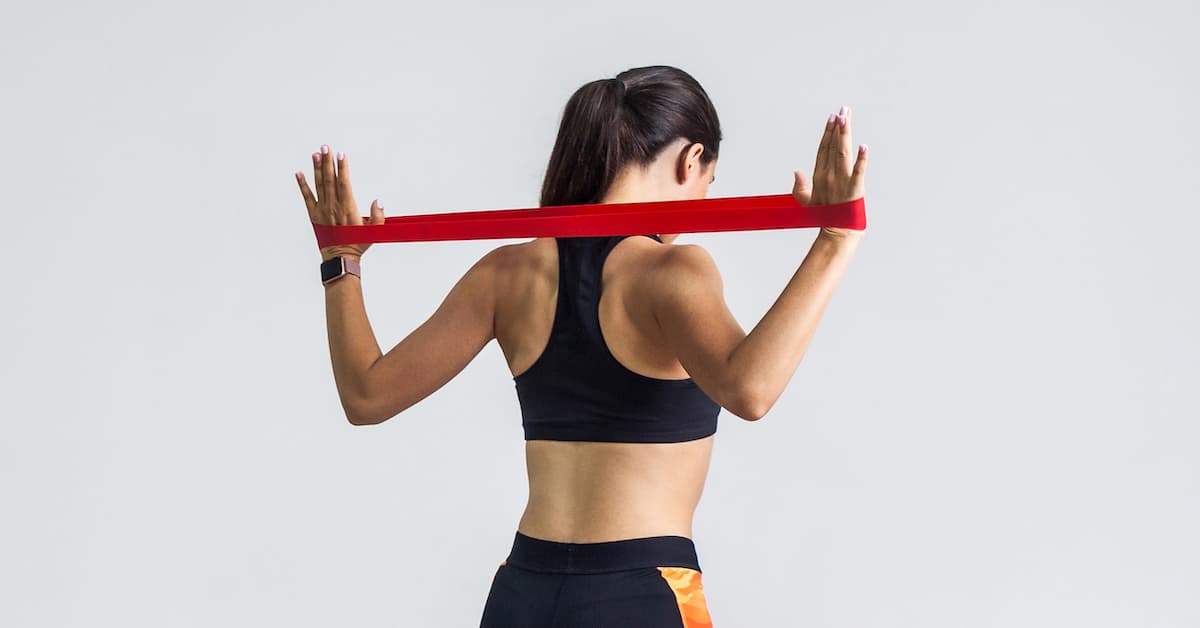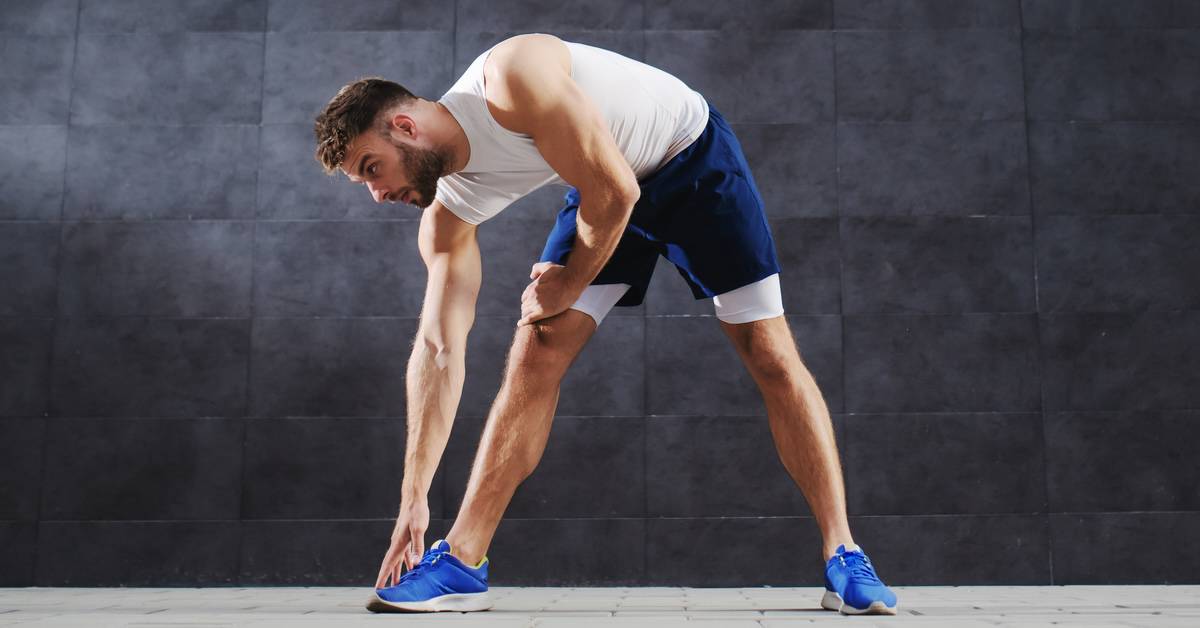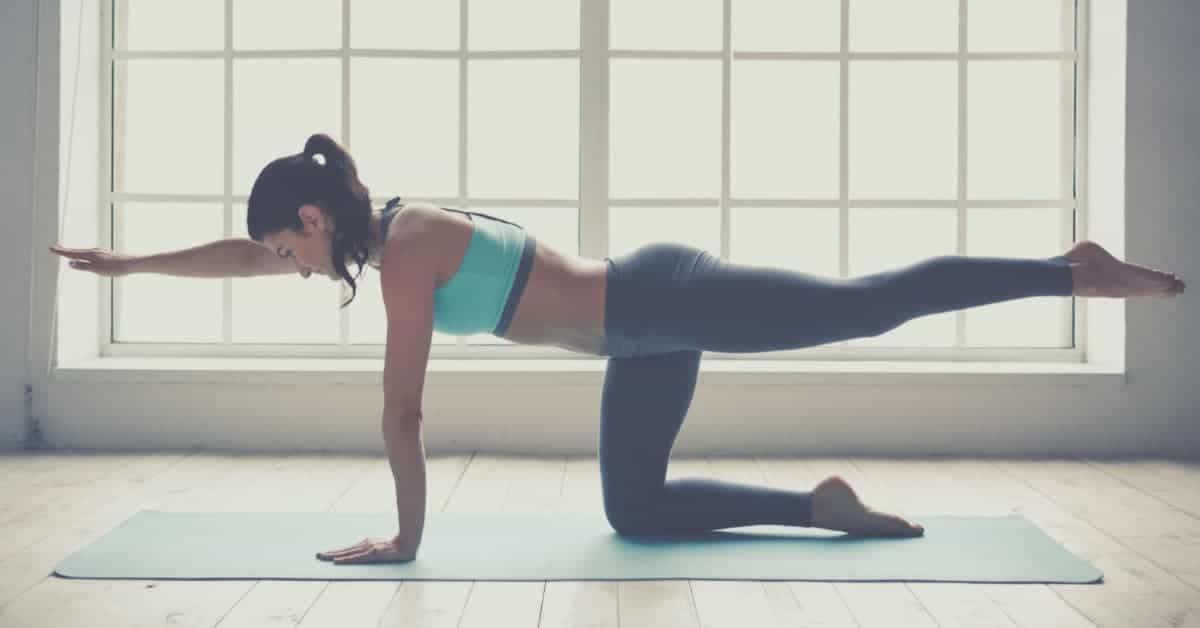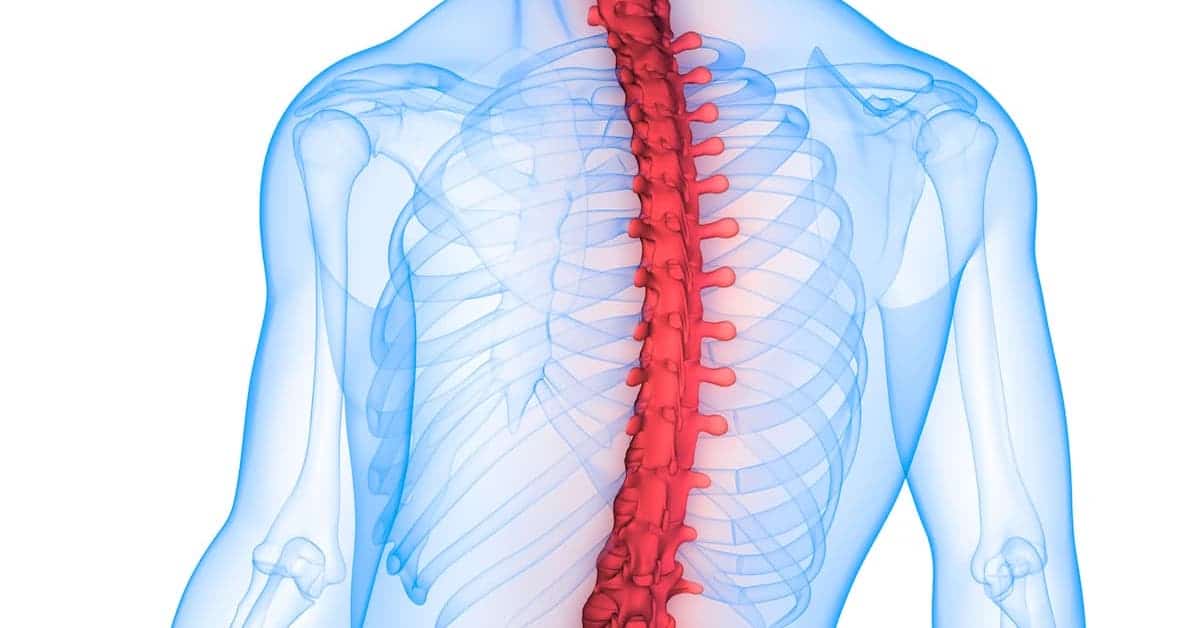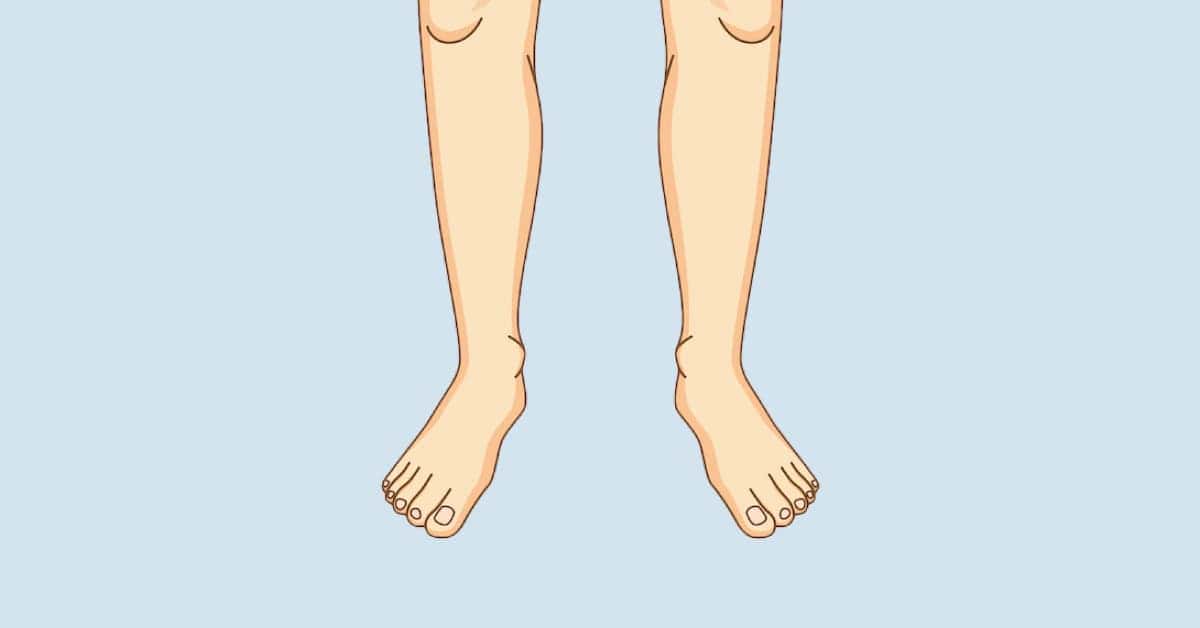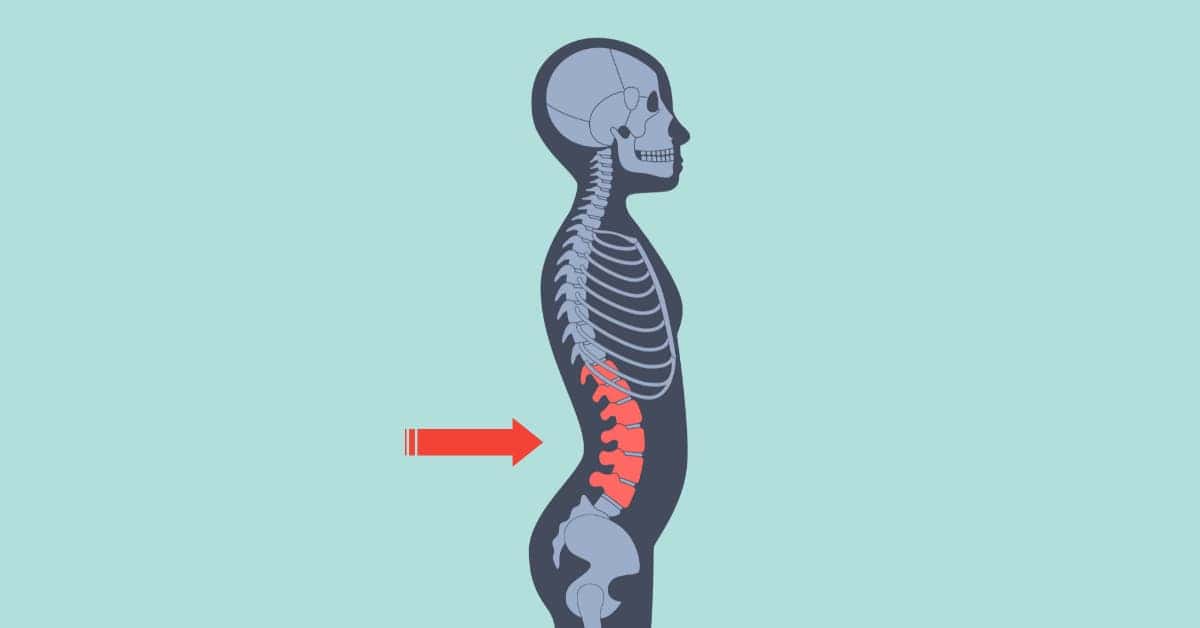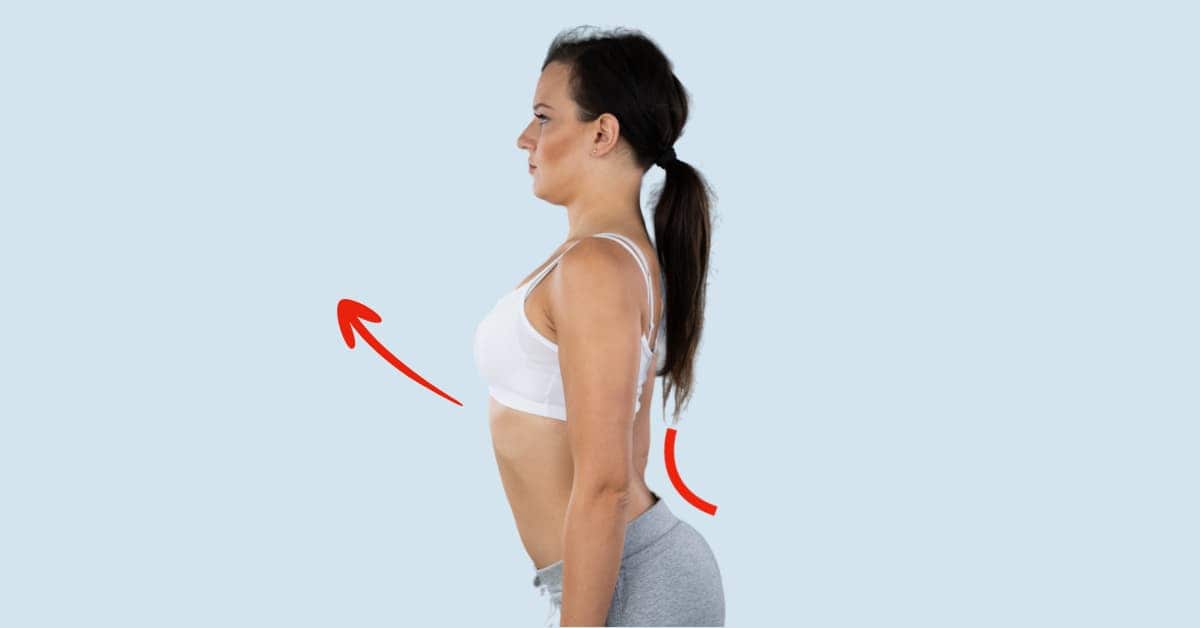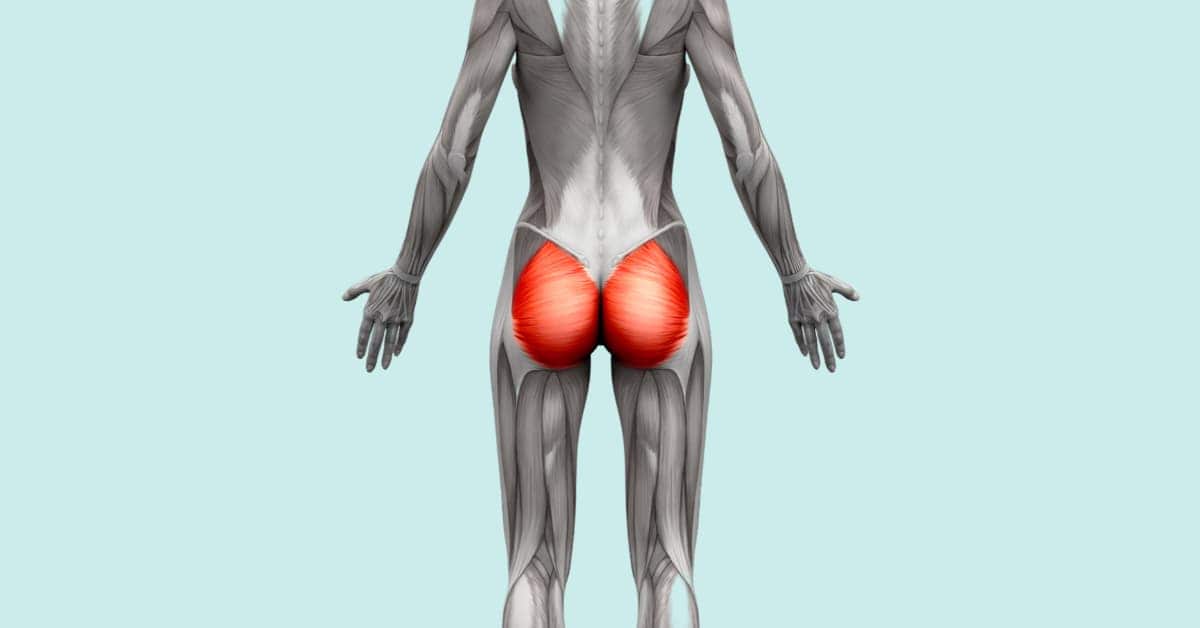Rounded shoulders, an increasingly common issue in our modern world, can creep up on us as we spend hours hunched over screens and desks. As we slouch, our shoulders gradually adapt to this unnatural position, leading to discomfort and even long-term health problems if we don’t address it in time.
In this article, you’ll understand rounded shoulders better and learn how to counteract this postural issue with targeted exercises and practical advice. Following our guidance, you can improve your posture, alleviate discomfort, and lead a healthier, more confident life.
I. Understanding rounded shoulders
Rounded shoulders are a widespread postural issue many people experience, especially those who spend long hours sitting at a desk or using electronic devices. This condition is characterized by the forward rounding and inward rotation of the shoulders, resulting in a hunched upper back appearance.
Often, individuals with rounded shoulders experience discomfort, tightness, and reduced mobility in the neck, shoulders, and upper back. The muscle imbalances responsible for rounded shoulders can also lead to aches and pains and an increased risk of injury and long-term issues.
A. Muscle imbalances causing rounded shoulders
The development of rounded shoulders can be attributed to an imbalance in the muscles surrounding the shoulders and upper back. When the chest muscles (pectoralis major and minor) and the latissimus dorsi (Lats) become tight and overactive, they pull the shoulders forward.
Simultaneously, the upper back muscles, such as the rhomboids and middle and lower trapezius, become weak and underactive, lacking the necessary strength to pull the shoulders back into proper alignment.
B. Causes of rounded shoulders
Muscle imbalances that lead to rounded shoulders can occur for various reasons, largely due to the body’s natural adaptation to the positions we maintain for extended periods. When we consistently maintain certain postures, our muscles adjust to accommodate these positions, potentially leading to imbalances.
1. Prolonged sitting and sedentary lifestyle
A sedentary lifestyle, particularly one that involves sitting at a desk or in front of a computer for long periods, can develop muscle imbalances and poor posture that lead to rounded shoulders.
2. Poor posture while using electronic devices
Constantly hunching over smartphones, tablets, or other devices can strain the neck, shoulders, and upper back muscles. Over time, this can exacerbate the muscle imbalances responsible for rounded shoulders.
3. Imbalanced muscle development
When certain muscle groups, such as the chest and lats, are overdeveloped without adequately strengthening the opposing muscles in the upper back, rounded shoulders can become more pronounced.
III. Correcting Rounded Shoulders: Release, Stretch, and Strengthen
In this section, we will address the muscle imbalances causing rounded shoulders by focusing on three primary strategies: releasing tight muscles through self-massage, stretching tight muscles, and strengthening weak muscles.
We will specifically target the tight chest and lat muscles, including the pectoralis major and minor, as well as the latissimus dorsi. The weak upper back muscles, such as the rhomboids, middle and lower trapezius, will be strengthened through targeted exercises.
A. Releasing tight muscles (self-massage)
Self-massage techniques help release tension and tightness in muscles, promoting relaxation and improved flexibility. They can also help remove chronic tightness and knots.
1. Pec major and minor release
In this exercise, we will massage both the pec major and minor, but it’s important to emphasize the lesser-known pec minor, as it usually contributes more to rounded shoulders.
- Find a massage ball, preferably a lacrosse ball or tennis ball.
- Stand facing a wall and place the massage ball between the wall and your chest, targeting the pec minor muscle.
- To find the pec minor, locate the area between the armpit and the fleshy pec area.
- Apply gentle pressure and slowly move the ball around the area, pausing on any tight spots for at least 30 seconds.
2. Latissimus dorsi release
- Grab a foam roller and place it on the floor.
- Lie on your side with the foam roller positioned under your armpit, perpendicular to your body.
- Slowly roll up and down the length of your lat muscle and rocking from side to side.
- Pause on any tight areas for at least 30 seconds.
B. Stretching tight muscles
This section will focus on stretching the tight chest and lat muscles.
1. Pec stretch
- Stand in a doorway, placing your forearm vertically against the door frame with your elbow at shoulder height.
- Slowly lean forward until you feel a stretch in your chest muscles.
- Hold the stretch for at least 30 seconds and repeat on the other side.
2. Latissimus dorsi stretch
- Stand next to a stable object such as a door frame or a pole.
- Reach out and grasp the object with one hand, keeping your arm straight.
- Bend your knees slightly and hinge forward at your hips, allowing your head to face downward.
- Pull your body backwards by engaging your lat muscle on the same side as the reaching arm, creating a stretch along your side.
- Hold the stretch for at least 30 seconds, then switch sides and repeat.
C. Strengthening weak muscles
While performing these strengthening exercises, remember to keep your shoulders pulled down and in place to avoid letting them round forward. This mindful practice will help reinforce proper posture and muscle activation.
1. Scapular retraction with band
- Stand with a resistance band looped around a stable object at chest height.
- Hold one end of the band in each hand with your arms extended in front of you and palms facing each other.
- Pull your shoulder blades together and bend your elbows, pulling the band towards your chest.
- Slowly return to the starting position and repeat for 10-15 repetitions.
2. Prone Y, T, and W exercises
- Lie face down on a mat with your arms extended overhead, forming a “Y” shape.
- Lift your chest and arms off the ground, squeezing your shoulder blades together.
- Hold for 2-3 seconds and return to the starting position. Perform 10-12 repetitions.
- Repeat the exercise with your arms forming a “T” shape and then a “W” shape.
3. Face pulls
- Attach a resistance band to a stable object at eye level.
- Hold one end of the band in each hand, with your palms facing down and arms extended in front of you.
- Pull the band towards your face, bending your elbows out to the sides and squeezing your shoulder blades together.
- Slowly return to the starting position and repeat for 10-15 repetitions.
4. Banded Shoulder Flexion
- Step on one end of a resistance band with your front foot, while taking a staggered stance.
- Hold the other end of the band in each hand, keeping your shoulders down and your thumbs pointing upward.
- Slowly raise your hands forward and over your head, maintaining a slight bend in your elbows, similar to a standing “Y” raise.
- Lower your hands back to the starting position and repeat for 10-15 repetitions.
5. Band Pull-Aparts
- Stand with your feet shoulder-width apart, holding a resistance band with both hands in front of you at chest height.
- Keep your arms straight and pull the band apart, squeezing your shoulder blades together.
- Slowly return to the starting position and repeat for 10-15 repetitions.
6. Wall Slides
- Stand with your back against a wall, ensuring your head, shoulders, and lower back are in contact with the wall.
- Position your arms against the wall, forming a “W” shape, with your elbows bent and your palms facing forward.
- Slowly slide your arms up the wall, straightening your elbows and forming a “Y” shape.
- Slide your arms back down to the starting “W” position and repeat for 10-15 repetitions.
7. Seated Band Rows
- Sit on the floor with your legs extended straight out in front of you.
- Loop a resistance band around the arches of your feet.
- Hold the ends of the band in each hand, with your palms facing each other.
- Sit up tall, engaging your core and maintaining a straight back.
- Bend your elbows and pull the band toward your abdomen, squeezing your shoulder blades together.
- Slowly return to the starting position and repeat for 10-15 repetitions.
IV. Prevention and Lifestyle Changes
This section will discuss ways to prevent rounded shoulders from developing or worsening and how to incorporate positive lifestyle habits to maintain good posture.
A. Preventing Rounded Shoulders
To prevent rounded shoulders, it’s essential to maintain proper sitting and standing posture. Keep your head aligned with your shoulders and your shoulders aligned with your hips. Engage your core muscles and avoid slouching. Regularly remind yourself to check and adjust your posture throughout the day.
Taking regular breaks from sitting is also crucial. Stand up, walk around, and stretch your muscles every 30-60 minutes to prevent stiffness and muscle imbalances. This practice will not only help improve your posture but also contribute to your overall well-being.
Adjust your workstation to promote better posture. Ensure your computer monitor is at eye level and your keyboard and mouse are positioned to keep your wrists straight and shoulders relaxed. An ergonomic chair that supports your lower back can also make a significant difference in maintaining good posture.
B. Addressing Other Postural Issues
Rounded shoulders often occur alongside forward head posture, which can exacerbate the issue. Focus on exercises and stretches that help correct forward head posture, such as chin tucks and neck stretches.
Together, rounded shoulders and forward head posture form Upper Crossed Syndrome, a common postural dysfunction. To achieve the best results, address both issues simultaneously through a combination of the exercises provided in this article and specific exercises for forward head posture.
Final Thoughts
Correcting rounded shoulders requires a combination of self-massage, stretching, and strengthening exercises. You can improve your posture and alleviate discomfort by consistently practising these techniques and incorporating positive lifestyle habits.
Being patient and persistent in your efforts is essential, as change takes time. If you’re unsure about any techniques or if your symptoms persist, consult a physical therapist, chiropractor, or qualified trainer for personalized advice and guidance.
Remember that improving your posture can significantly impact your overall health and well-being. Stay consistent with your efforts, and you’ll be on your way to a healthier, more confident posture.
